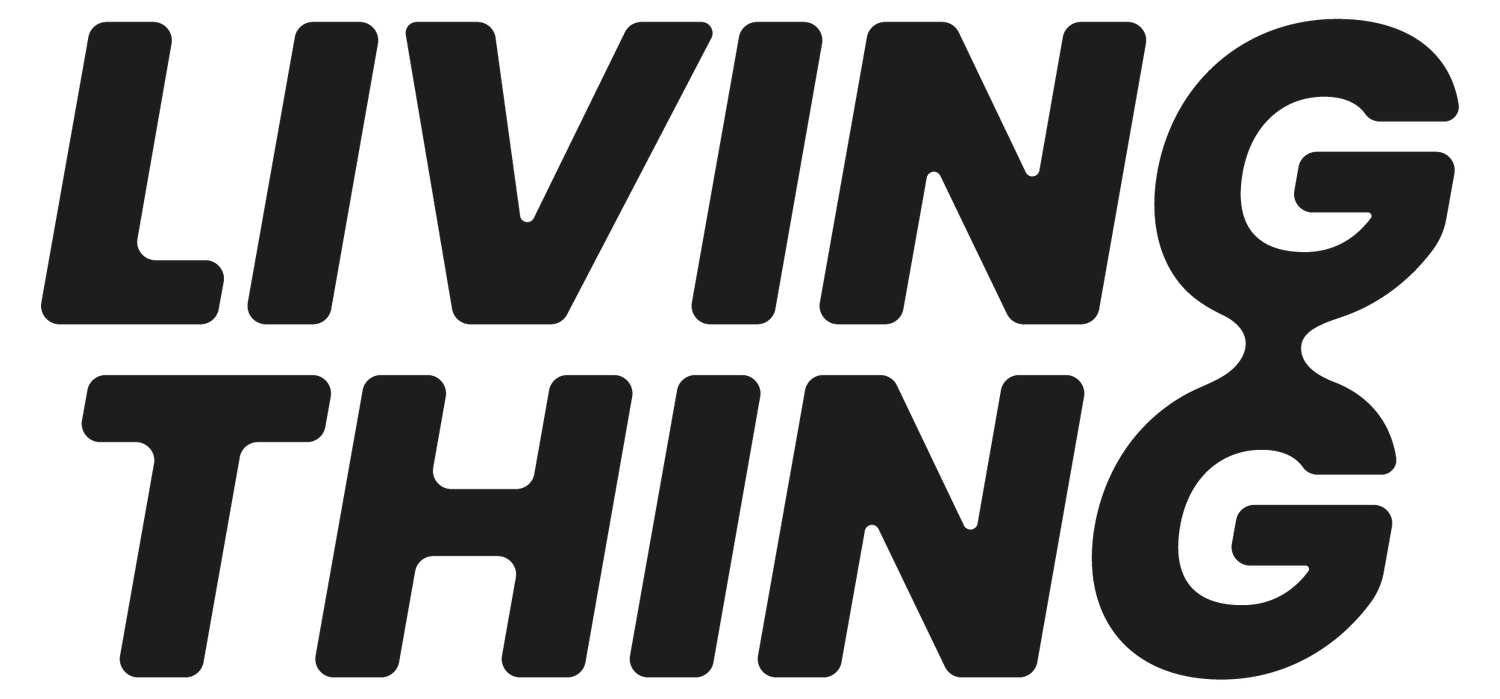How CDC Illustrators Made that “Spiky Blob”
As the world is dealing with the crisis brought on by the spread of COVID-19, there is one illustration that has been used more than any other to represent the coronavirus that causes the disease. As a group of science communicators and designers, we often find stories about the artistic process interesting. It's extremely rare, however, for an outlet like The New York Times to do a behind-the-scenes look into how the scientific illustration sausage is made. But these are unusual times.
In the piece, Cara Giaimo interviewed Alissa Eckert, a medical illustrator at the Centers for Disease Control and Prevention who led the project. Alissa built and rendered the virus model using Autodesk 3ds Max, a 3D visualization software often used for hollywood film and video game production.
Another important resource Alissa used to create the illustration is the Protein Databank, an online repository where researchers and illustrators can download atom-accurate macromolecular structural data for 3D visualization. In an effort to make Coronavirus-related structures readily available to the public, the Protein Databank has built a dedicated COVID-19 resource page.
As the story says, "Ms. Eckert uses art to make difficult medical concepts more approachable." We think that's a good way to describe the objective of medical and scientific illustration — to help different audiences understand complex processes and concepts, to bring "the unseeable into view."

